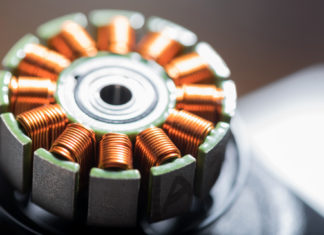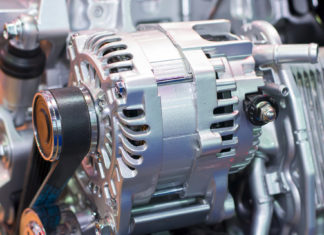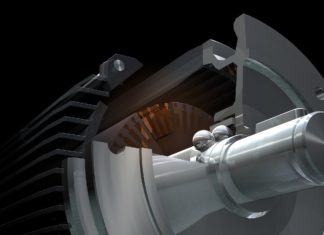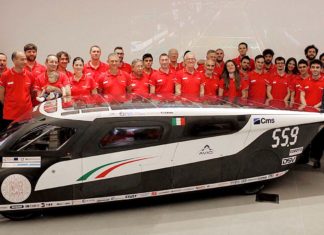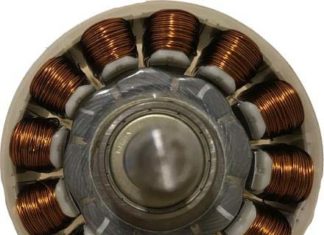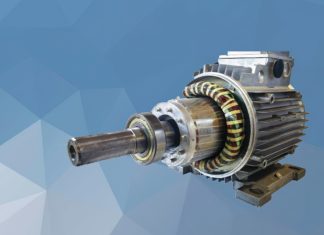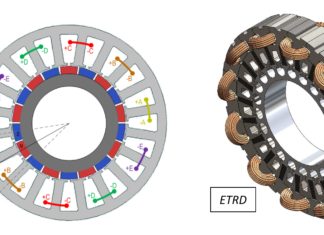Impact on efficiency of core materials
No matter whether intended for a small or big household appliance, or used to drive hybrid and/or electrical cars or, moreover, applied in industrial ambits, the electric motor goes on confirming an unprecedented global...
Acoustic monitoring and background noise in industrial environment
Since any interruption in the manufacturing process can cause a serious financial loss for the company, it is very important to prevent unplanned shutdowns of electric machinery. Hence, monitoring and diagnosing the health of...
Noise reduction by means of isotropic super finishing
To reduce the noise of electric motor transmissions, the technique that seems to offer the best performances for industrial productions is a variant of the so‑called isotropic super finishing (ISF), which can combine the...
Solar cars, a four-seats racing vehicle
The Sun Energy, integrated by an appropriate level of technology for electric motors, can represent a valid alternative to conventional mobility. The four-seats solar cruiser, called “Emilia 4”, conceived by Bologna University in the ambit...
Non-conventional design of concentrated windings
Thanks to appropriate numerical optimisation techniques, it is possible to drastically reduce the losses that originate in permanent magnets due to eddy currents, with a small reduction in the torque that can be developed...
Test benches for engineering students to asses industrial electronic equipment
The University of Southern Denmark gives young engineering students an opportunity to be part of developing the green technology of the future in a creative study environment with modern teaching facilities and dedicated teachers.
The...
Energy storage for the electric car. Dry electrode coating technology
Researchers at the Fraunhofer Institute for Material and Beam Technology IWS in Dresden have developed a new production process with the aim of efficient and environmentally friendly future battery production. They coat the electrodes...
“Baby electric motors”, strollers with e-stroller system
Nine parents out of ten pay attention to strollers’ comfort and safety and, concerning this, Bosch has ideated a new system that marks its entry in a new market.
In the wind tunnel, with 7-degree...
From nanomaterials to the new generation of electric motors
Conventional materials and technologies are by now reaching their performance limit. It is then clear the need of turning to a “revolutionary” synergy that succeeds in tracing a new frontier of development able to...
Fault-tolerant electric drives for aeronautical applications
Fault-tolerant modular electric drives represent an already feasible solution to assure the reliability requisites of aeronautical applications. Prototypal studies and systems already operating in aircrafts confirm it. To understand better the characteristics and the...

